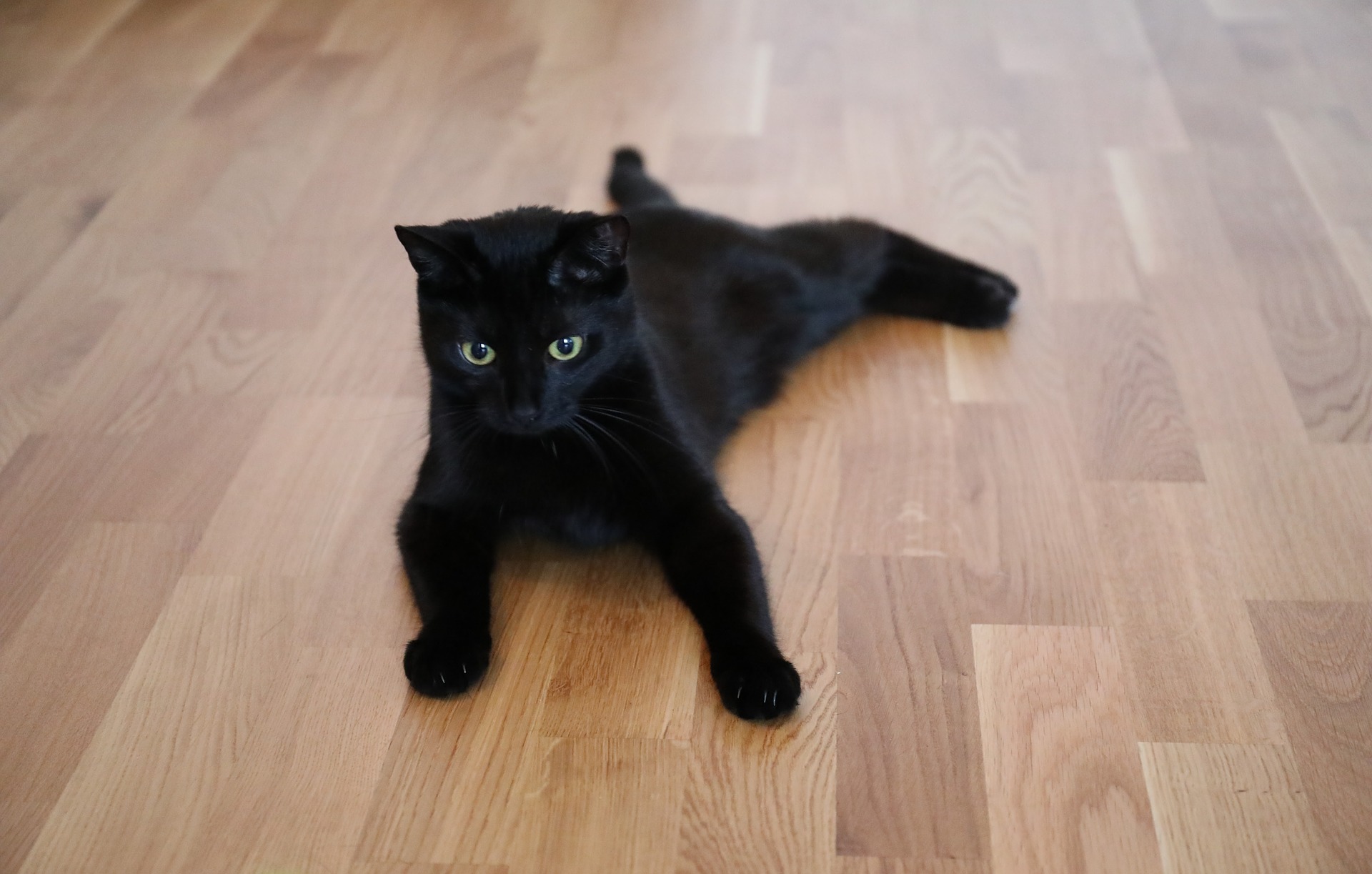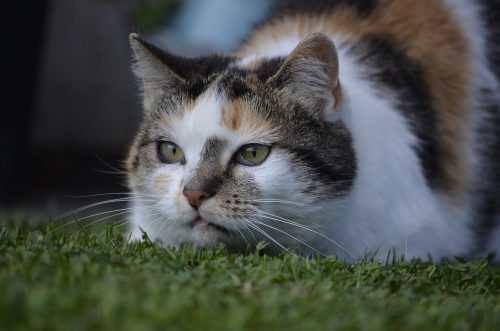Obsessive Compulsive Disorder – commonly referred to as “OCD” – is a well-known condition in humans. In fact, “OCD” is often thrown around as a catch-all term for people that are easily distracted and/or routine-dependent. Most people do not medically qualify as having OCD, but the symptoms – performing routines, constantly checking things like locked doors, and repeating activities like washing hands – are well known.
OCD is not uncommon, affecting a little more than 2% of people. But did you know that cats can suffer from OCD as well? Cats exhibit many of the same OCD symptoms that humans do, but we often write these symptoms off as “normal” cat behavior. But there are some subtle and not so subtle differences.
How to Recognize OCD in Cats

OCD in cats reveals itself through a series of compulsive and repetitive behaviors, including pacing, vocalization (meowing), eating or chewing on fabric, and over-grooming. While these actions are normal on their own, when they become repetitive and identical, they may be a sign of OCD.
For example – grooming is a normal action for cats. They are known to be meticulous in keeping their fur clean by using their sandpaper-like tongues. But if your cat grooms to the point where his fur is coming off in large clumps, leaving bare skin exposed, this is not “normal” cat behavior, and potentially a sign of OCD.
Vocalization is normal too, but if your cat begins making the exact same “meow” sound over and over at a predictable pace, something is probably amiss. Other behaviors, like randomly running around the house, eating fabric and other non-edibles, hunting invisible prey, and even self-harm can also be a sign of OCD.
What is OCD?
Obsessive Compulsive Disorder is a mental condition in which cats feel a burning need to perform routines or “rituals” repetitively. The cat’s brain is not able to concentrate on everyday life without completing these “tasks.” OCD is closely associated with anxiety disorders in cats.
Performing rituals is how the cat’s brain reacts to anxiety. The cause of OCD in both humans and cats is unknown, though some genetic link appears to be present in some cases. Siamese cats and other Asian breeds have a higher rate of OCD than other housecat breeds. Neither age nor gender is a factor in OCD. Cats can develop the condition at any age.
There are some factors that can exacerbate the condition. OCD is more common in indoor cats, as confinement is thought to spur OCD. Stress from change in surroundings – like a move or the addition of a new pet – can trigger OCD. Reinforcing OCD behaviors – like giving a cat extra attention or praise when he is running or meowing – can increase the instance of these behaviors, and worsen the condition.
Diagnosing Obsessive Compulsive Disorder in Cats

OCD diagnoses can be complicated. There’s no single test to determine if a cat has OCD. And since cats can’t talk, they can’t describe the feelings and anxiety that lead them to engage in compulsive behavior.
To diagnose OCD in cats, a vet will perform a comprehensive series of tests, starting with a history of the cat’s health and behaviors, which will help the vet get an insight into the cat’s mental profile.
A vet will follow the health and behavior history with a series of physical tests, including a chemical blood profile, a blood count, a urinalysis, and – if necessary – a skin sample to determine if parasites are causing the compulsive behavior. Individually, these tests cannot pinpoint OCD, but a full profile can give the vet insight into the probability that OCD is present.
Living with OCD
There is no “cure” for OCD in cats, but it’s not a fatal disease by any means. OCD can be managed so that your cat and you can live fulfilling lives together. The most important thing you can do for a cat with OCD is to not reward compulsive behaviors. While some of these behaviors may seem cute and quirky, they will only get worse if you recognize and praise them.
The best thing you can do is ignore your cat when he becomes compulsive. Never punish compulsive behavior – as it can lead to even more unpredictability. Make sure to keep an eye on your cat, and bring him to the vet when his behavior changes. OCD is a life-long condition. But it doesn’t mean you cat is “defective” or less deserving of your love.




